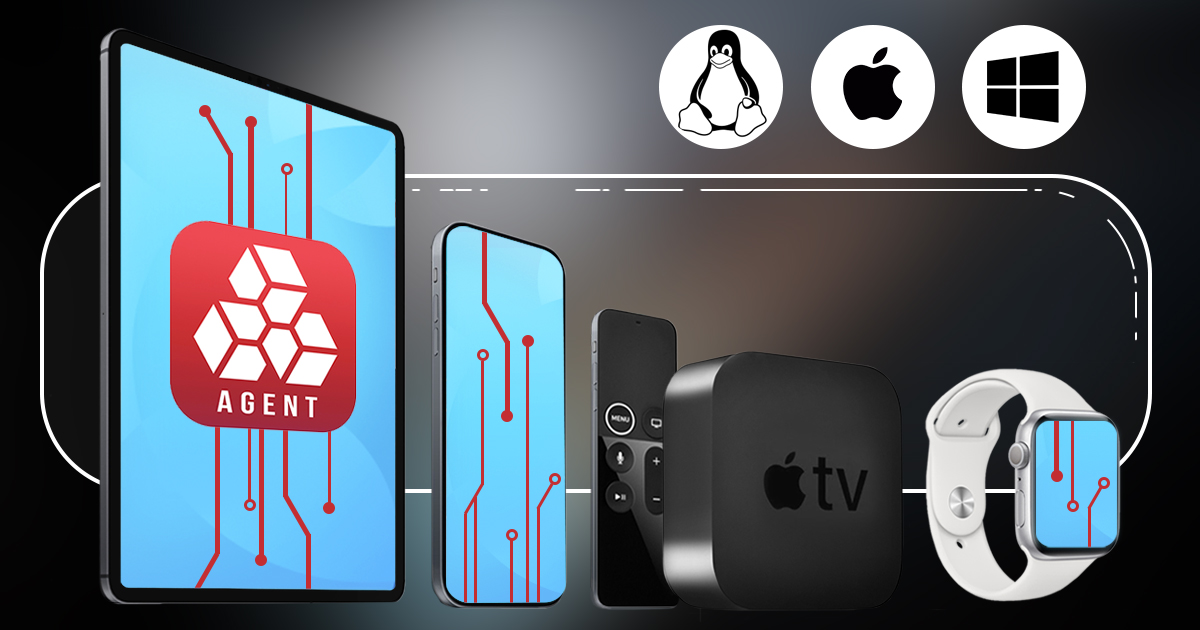Welcome to Part 3 of the Perfect Acquisition series! If you haven’t read Part 1 and Part 2 yet, be sure to check them out before proceeding with this article. In this section, we will introduce our newly developed Perfect HFS Acquisition method, which enables the extraction of data from legacy iOS devices that do not have SEP and utilize the HFS file system.
In the previous articles we explained how to connect the first-generation HomePod to a computer, apply the exploit, extract a copy of the file system and decrypt the keychain. Since the HomePod cannot be protected with a passcode and does not allow installing apps, we were wondering what kinds of data the speaker may have and what kinds of passwords its keychain may store.
Elcomsoft iOS Forensic Toolkit 8.20 for Mac and 7.80 for Windows now includes a new mechanism for low-level access, which enables the extraction of certain parts of the file system from the latest Apple devices. This partial extraction raises questions regarding what data can and cannot be extracted and how missing information can be accessed. Learn about the partial file system extraction, its benefits and limitations.
Welcome to part 2 of the Perfect Acquisition series! In case you missed part 1, make sure to check it out before continuing with this article. In this section, we will dive deeper into iOS data protection and understand the obstacles we need to overcome in order to access the data, which in turn will help us accomplish a Perfect Acquisition when certain conditions are met.
Forensic acquisition has undergone significant changes in recent years. In the past, acquisition was relatively easy, with storage media easily separable and disk encryption not yet widespread. However, with the rise of mobile devices and their built-in encryption capabilities, acquiring data has become increasingly challenging. Traditional approaches like disk dumps are no longer feasible, and software exploitation has become the industry standard. Despite these methods, there are limitations to mobile acquisition, including the need to collaborate with the device, the possibility of hardware defects or deliberate data tampering. As a result, there is a need for continuous innovation in forensic acquisition to address these challenges and ensure accurate and reliable data collection.
The first-generation HomePod is a smart speaker developed by Apple that offers high-quality audio and a range of features, including Siri integration and smart home controls. However, as with any electronic device, it can store valuable information that may be of interest in forensic investigations. In this article, we will explore how to use the forensically sound checkm8 extraction to access data stored in the HomePod, including the keychain and file system image. We will also outline the specific tools and steps required to extract this information and provide a cheat sheet for those looking to extract data from a HomePod. By the end of this article, you’ll have have a better understanding of how to extract data from the first-generation HomePod and the potential limitations of this extraction method.
Agent-based low-level extraction of Apple mobile devices requires sideloading an app onto the device, which is currently far from seamless. One can only run sideloaded apps if they are signed with a device-specific digital signature, which must be validated by an Apple server. Establishing a connection to the server carries a number of potential risks. In this article, we are proposing a solution that reduces the risks by using a firewall script.
In today’s digital age, extracting data from mobile devices is an essential aspect of forensic investigations. However, it must be done carefully and correctly to ensure the highest possible level of accuracy and reliability. To accomplish this, the appropriate extraction methods should be used in the right order, considering all available options for a given device running a specific version of the operating system. So what is the best order of extraction methods when acquiring an iPhone? Read along to find out.
Discover the benefits of agent-based data extraction from iOS devices. Learn about the purpose and development of the extraction agent, when it can be used, and best practices. Get a comprehensive understanding of the cutting-edge approach for iOS data extraction.
On January 23, 2023, Apple have released a bunch of system updates that target the different device architectures. iOS 16.3 is available for many recent devices, while older models were updated to iOS 12.5.7, iOS 15.7.3 and iPadOS 15.7.3 respectively. While Elcomsoft iOS Forensic Toolkit supported these versions of the system from the get go, today we are rolling out an update that irons out minor inconveniences when imaging such devices.


